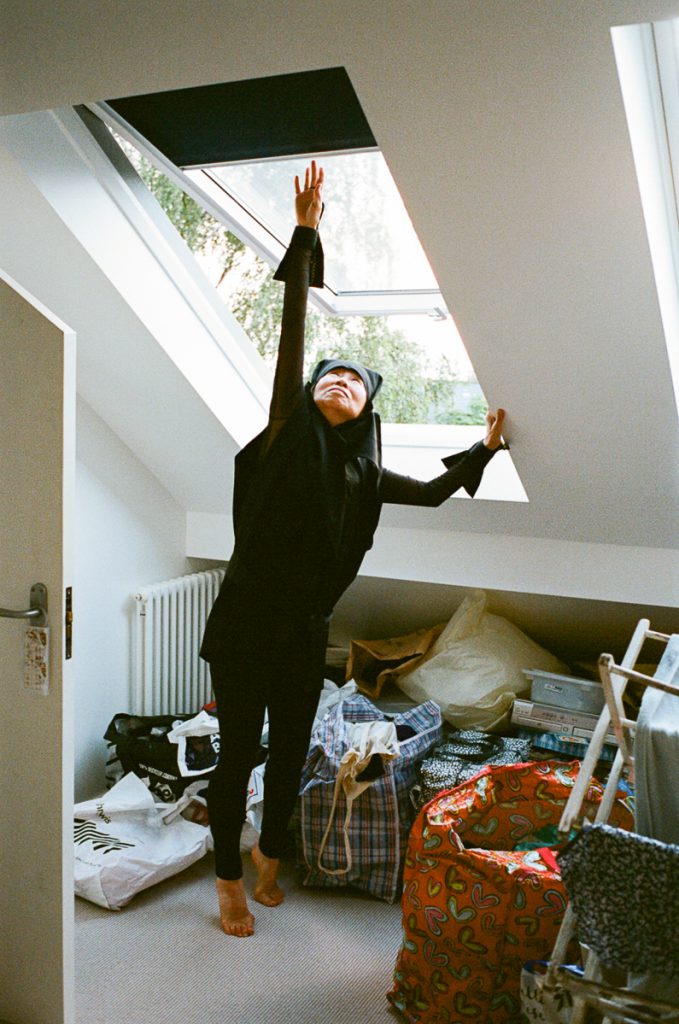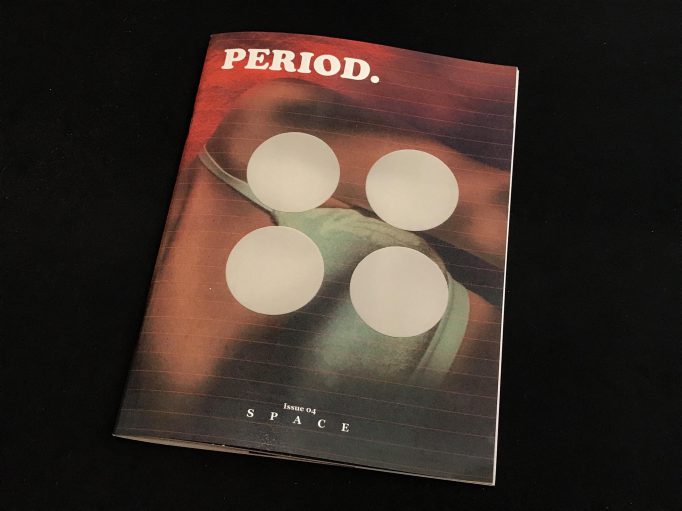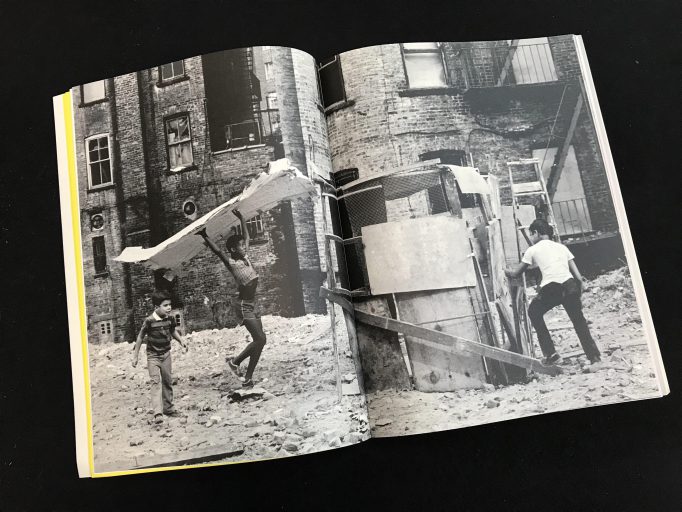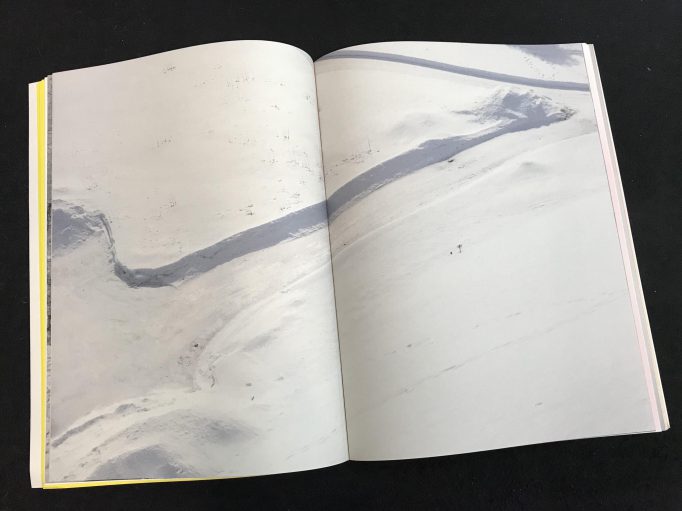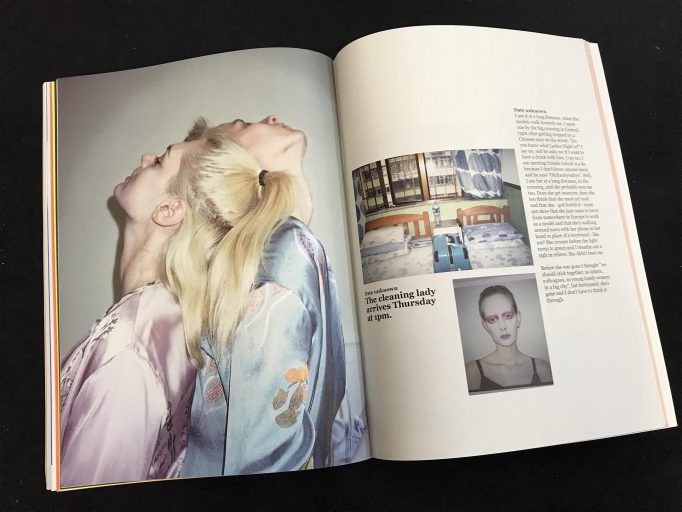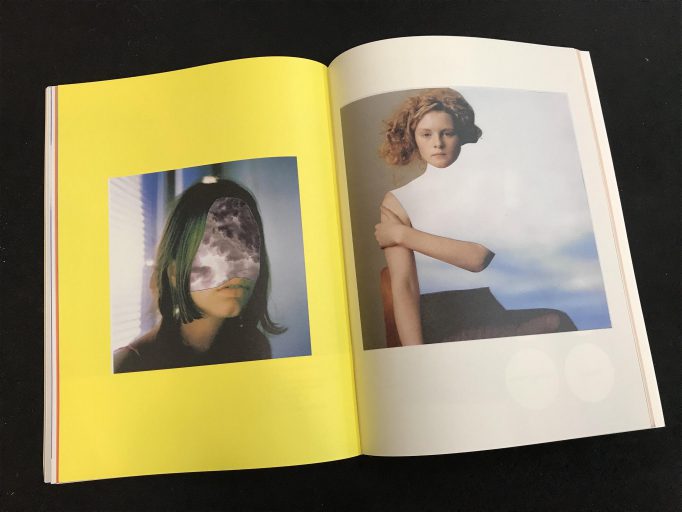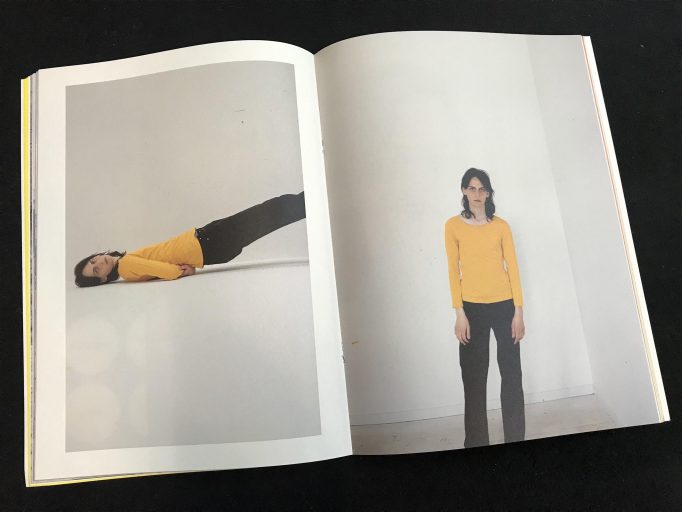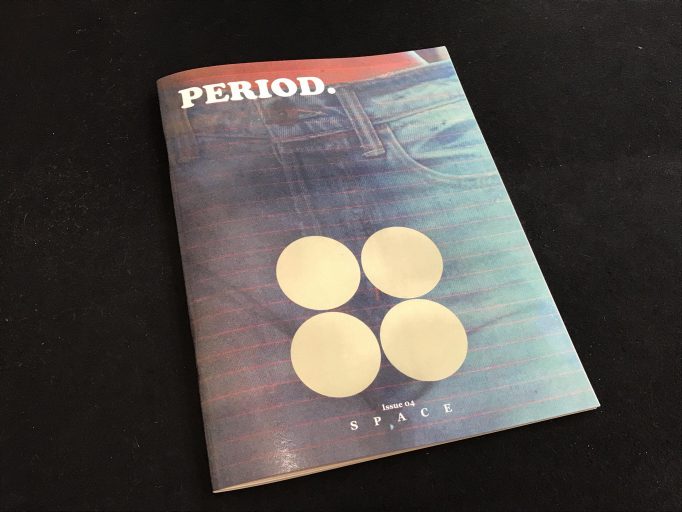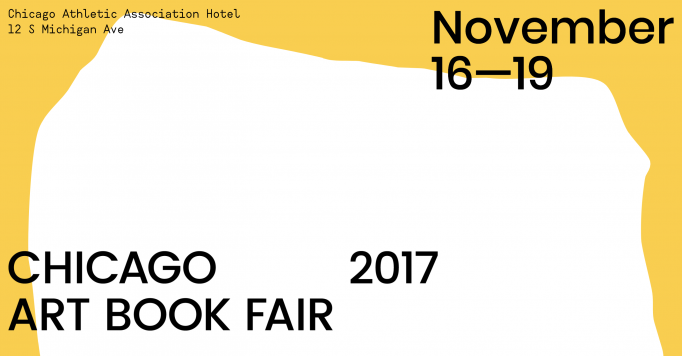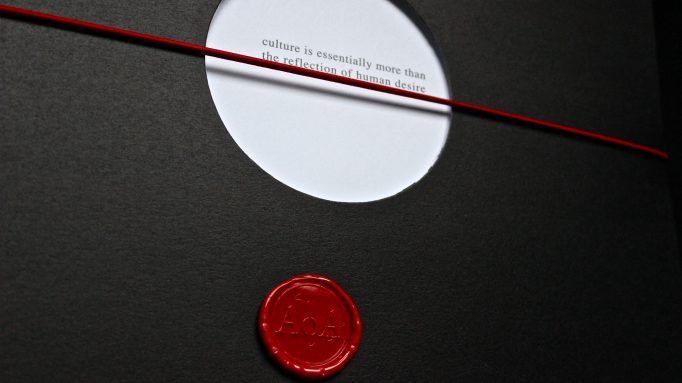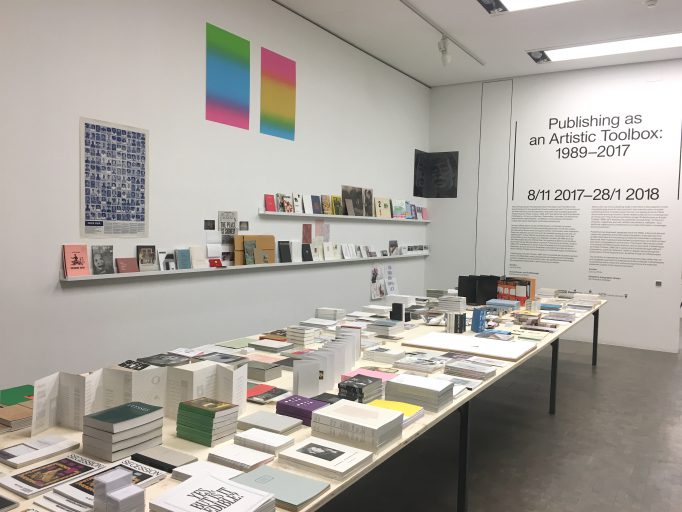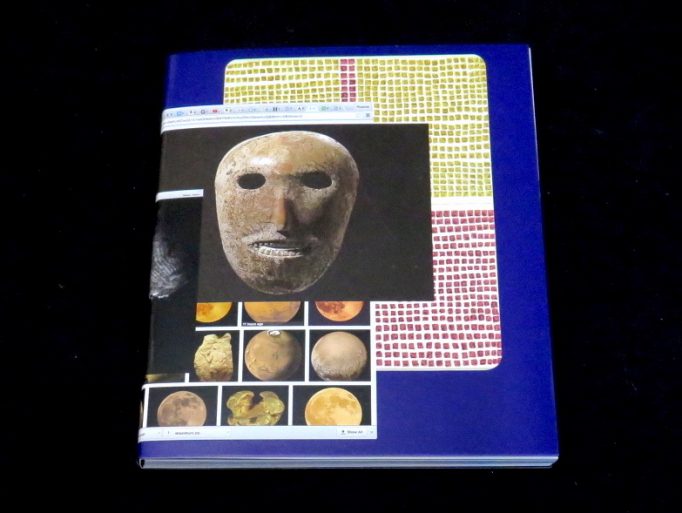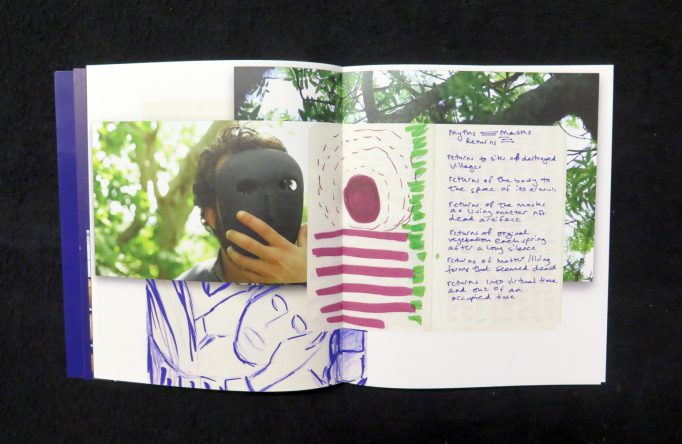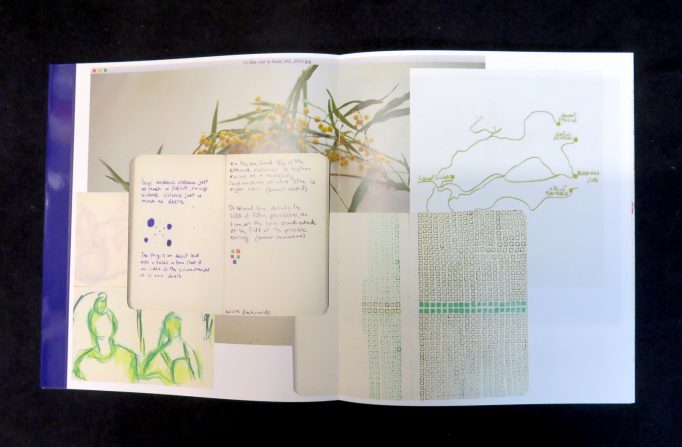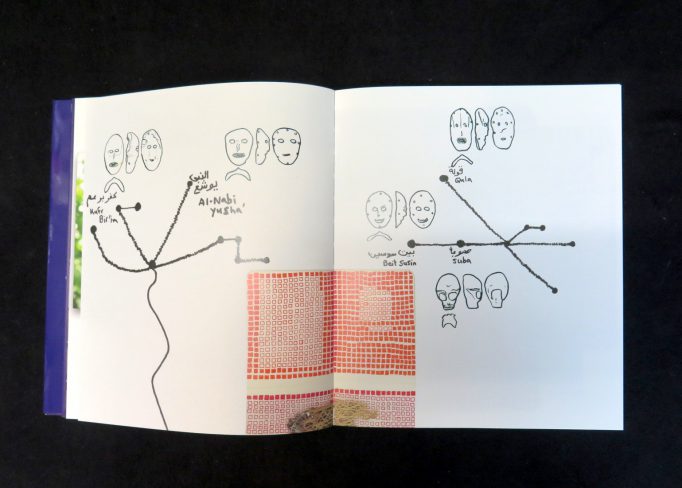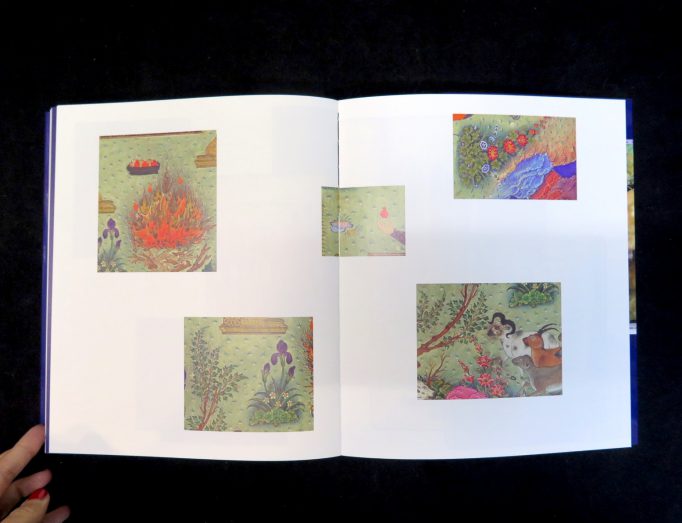SangBleu Typeface. SWTY Publishing
Posted in graphic design, Motto Berlin store, typography on November 22nd, 2017Tags: Swiss Typefaces, SWTY Publishing
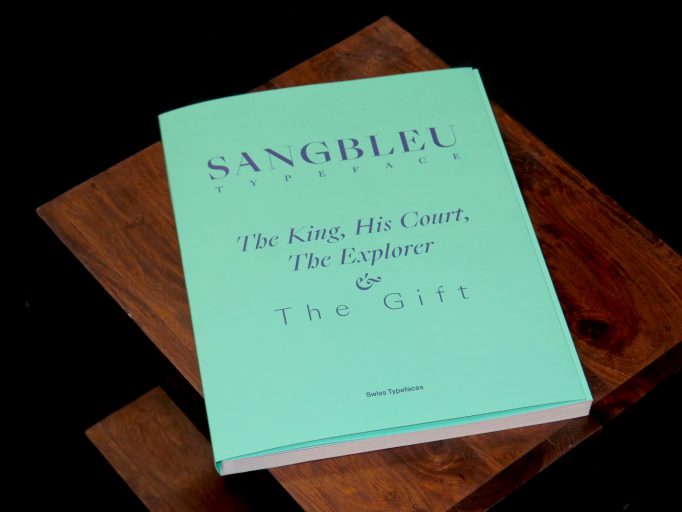
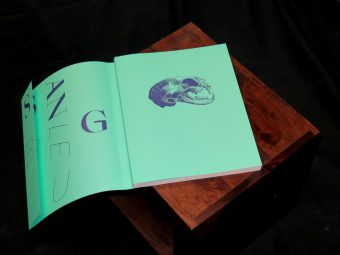
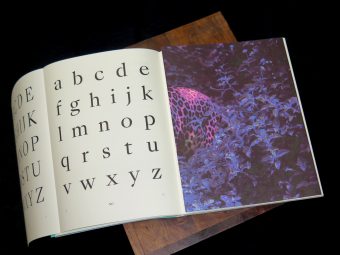
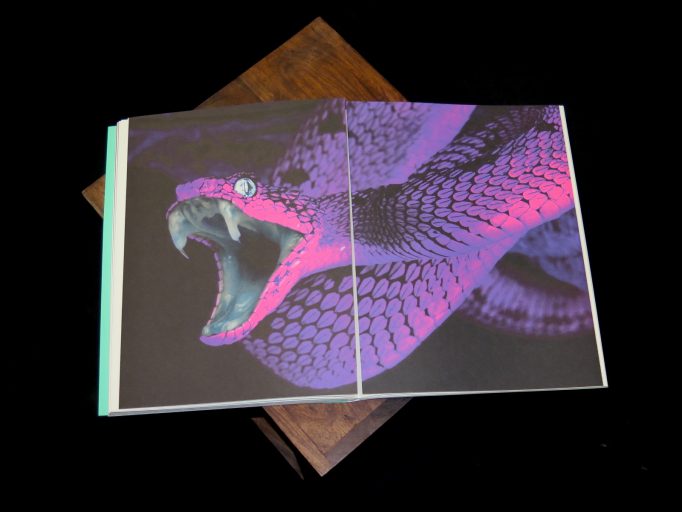
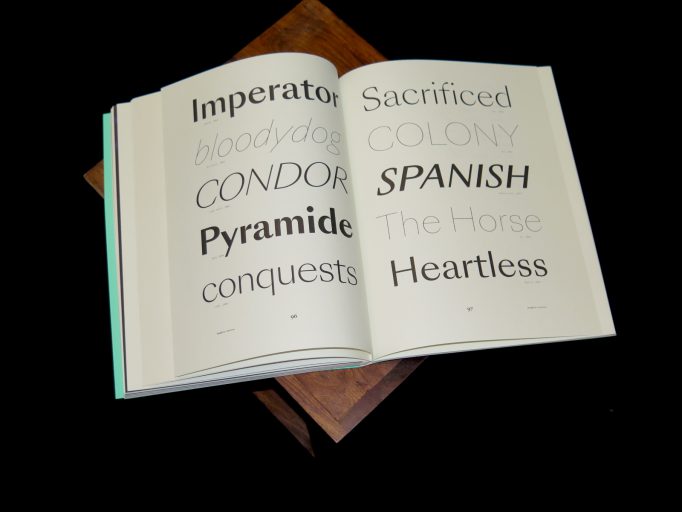

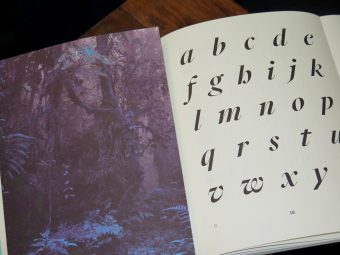

On the occasion of the launch of the SangBleu typeface, Swiss Typefaces issues a book for lovers of the printed letterform. On 128 pages, “SangBleu Typeface: The King, His Court, The Explorer & The Gift” celebrates cuttingedge typography in general and the SangBleu fonts in particular. Devised as a collector’s item, it provides a unique combination of design and content: at the heart of the publication is a novella by Daniela Party, specifically written for this purpose. The book starts off with illustrations of a skull and a beheaded female warrior, followed by serpents and an Aztec ghost figure. This dark and savage imagery sets the atmosphere. Giant initials, printed in loud pink, lead into the book like drumbeats in the jungle – S – B – G – U… The title page presents the names of the five collections that form the SangBleu typeface: Empire, Kingdom, Republic, Versailles, Sunrise. Each family is displayed on a spread of 20 pages, in a layout that was freely inspired by a type specimen for Caslon Old Face from 1924. The sample pages emulate all kinds of text types, from novels and magazines to drama and poetry, in sizes big and small. Some pages feature large headlines or block quotes in italics. Others show off spectacular drop caps and strongly contrasting sizes or weights. Designers interested in seeing the Cyrillics do not miss out either. The scope and versatility of the SangBleu collection is exhibited in its entirety. All text is taken from Daniela Party’s novella. Set in the late 17th century, an era of absolutism, superstition, and colonialism, it narrates the story of Meztli, an indigenous Mexican woman with extrasensory powers. Captured by French explorer La Salle, she is sent as a gift to Louis XIV, the Sun King – a gift that would set off a series of macabre events involving witchcraft, lust, envy, and death. Designed by Swiss Typefaces, the SangBleu Typeface book was printed in five colors, four of them Pantone spot colors including metallic and neon inks, and is further enriched by a special binding with several foldout pages – all made in Switzerland.

